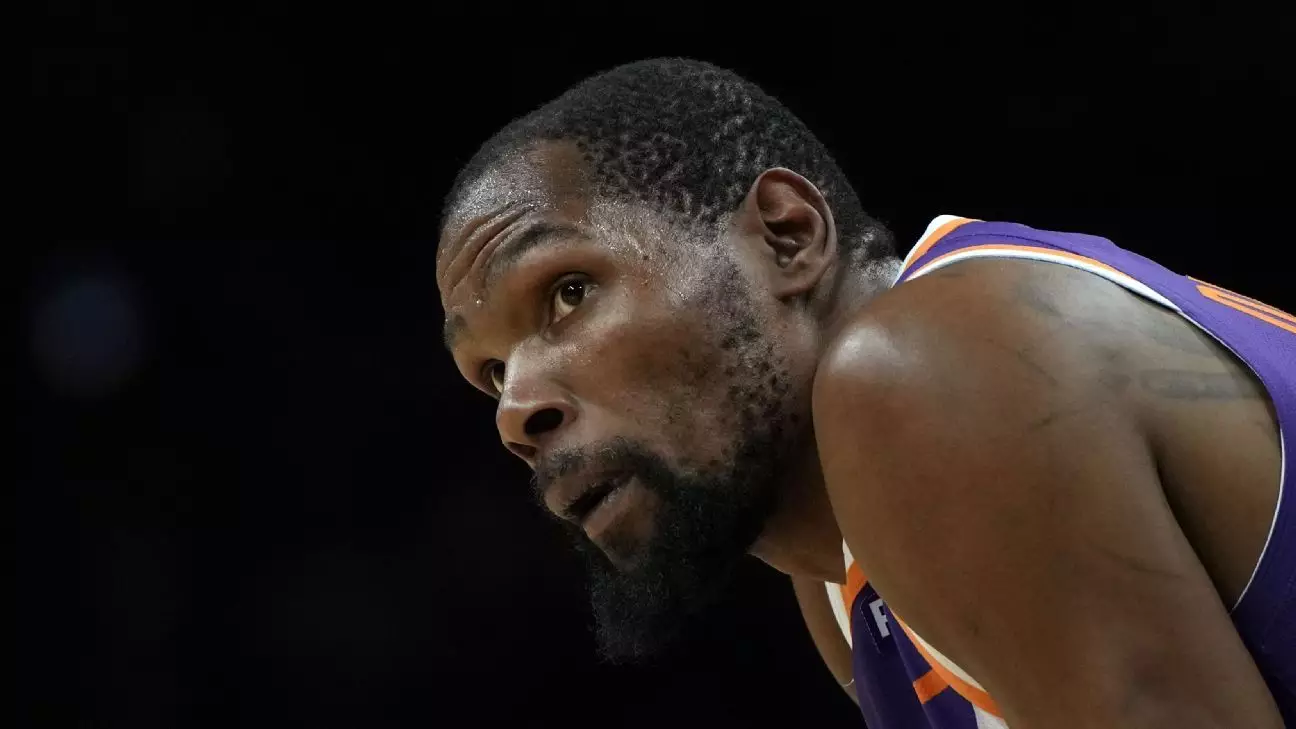The recent blockbuster involving seven NBA teams marks a pivotal moment in league history, not merely because of its scale but due to the innovative approach it signifies for future franchise strategies. Historically, trades tend to involve one or two teams, with minor exchanges of players or picks. However, this sprawling transaction, which included the Houston Rockets, Atlanta Hawks, Brooklyn Nets, Golden State Warriors, Los Angeles Lakers, Minnesota Timberwolves, and Phoenix Suns, challenges conventional norms. It demonstrates how league-wide collaboration can be harnessed to execute complex, multi-layered deals that serve the strategic interests of all involved.
This innovation underscores a shift towards more holistic, multi-party negotiations that pool resources and assets to maximize value. In this particular trade, elements such as player swaps, draft picks, and cash considerations are meticulously pooled together in a manner that benefits each team uniquely. The league’s willingness to facilitate such an unprecedented level of cooperation signals an evolution in NBA transaction dynamics, where pyramidal negotiations are increasingly the norm rather than the exception. Such expansive deals empower franchises to craft customized visions — whether it’s building around youth, acquiring veteran talent, or reshaping salary cap spaces — all within a singular, orchestrated effort.
The Strategic Magnetism of Kevin Durant’s Movement
At the heart of this sprawling deal lies Kevin Durant, one of the league’s most influential and talented players. His transfer from Phoenix to Houston, executed amidst immense strategic interest, epitomizes the league’s contemporary approach: player moves are now intricately linked to franchise ambitions and league-wide competitive narratives. Durant’s trade—positioned at the crossroads of one NBA postseason and the start of the next—exemplifies how superstar mobility can ignite organizational reconfigurations, opening up new avenues for team success.
Durant’s choice to reflect publicly on his journey from Phoenix and enthusiasm for his future in Houston emphasizes the importance of player agency and personal branding amidst these league-changing transactions. His move isn’t just about individual achievement; it symbolizes a broader shift where elite players see themselves as catalysts for team transformation, driving change on a league-wide scale. By executing the trade right before the NBA’s moratorium lifted, teams effectively timed their roster renovations to maximize strategic leverage, underlining the importance of timing and league rules in shaping modern NBA transactions.
Implications for Team Construction and Roster Dynamics
Beyond the spectacle of the deal itself, the trade reveals the league’s deepening complexity in roster management. The exchange involved a series of draft picks—specifically, a high-value first-round pick and a dozen second-round selections—that teams intend to leverage for future growth or tactical depth. Notably, Phoenix’s ability to shuffle draft capital around during the draft highlights how assets are now far more fluid, used as bargaining chips in a broader ecosystem of strategic moves.
Houston’s adeptness in regaining Clint Capela—an essential center who had previously been a cornerstone of their roster—demonstrates a nuanced understanding of balancing star power with positional needs. The move enhances Houston’s frontcourt, which is crucial for a team aiming to compete with the league’s elite. It also underlines a growing trend: teams no longer operate in isolated silos but function as parts of an intricate, league-wide chessboard, where positional flexibility, draft assets, and veteran presence are all critical components.
Reassessing the Power Dynamics in the League
Historically, certain teams have monopolized power, wielding substantial influence through star acquisitions or deep pockets. However, this mega deal signifies a democratization of influence—more franchises now have the tools or strategic incentives to orchestrate ambitious moves. The involvement of multiple players, draft picks, and swapped assets reflects that success in today’s NBA hinges not solely on having marquee stars but on executing comprehensive, multi-faceted transactions.
Furthermore, the maneuvering around the draft further exemplifies the league’s evolving nature: teams are no longer purely reactive but proactive, planning their futures years in advance with the strategic use of draft picks as leverage. Phoenix’s careful reallocation of picks to other franchises illustrates a more sophisticated level of franchise building, where draft capital is an essential currency rather than a mere afterthought.
Finally, the reflective comments from Durant himself suggest that the player-centric narrative remains central. His move and subsequent farewell to Phoenix epitomize how individual aspirations align with and influence league-wide trends. The NBA stands at an inflection point—where talent mobility, strategic collaboration, and tactical roster building converge into an era of unprecedented complexity and opportunity. This deal is more than just a trade; it is a blueprint for how the league will evolve in the coming years, emphasizing adaptability, collaboration, and long-term vision over isolated star power.

